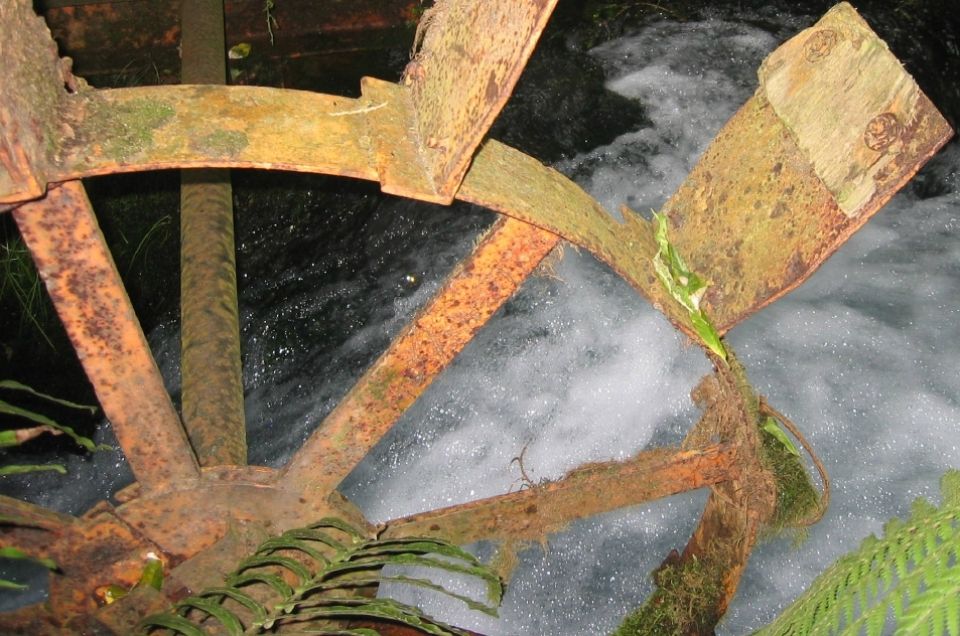Putaruru's History
The correct form of the name is thought to be the Maori word Putaaruru – "To come forth like a ruru (native owl)"; sometimes given as 'Home of the Owl'.
Town 64 km south-east from Hamilton, with a 2006 population of 3,768. The Pātetere block, including the future site of Putaruru, was bought by the Patetere Land Company in the early 1880s, later passing to the Thames Valley Land Company. A settlement emerged about 1886 when the railway line to Rotorua was being constructed. In 1905, after the Crown had acquired surrounding land, a township was surveyed. The Taupo Totara Timber Company built a tramway from its Taupō forests to Putaruru, where it had a mill. Construction of the Arapuni dam on the Waikato River in the 1920s further boosted Putaruru’s population. By 1946 it had 1,160 people and the following year it became a borough.
In the late 1940s the newly established Putaruru Timber Yards built several mills to process wood from exotic forests which had been planted nearby in the 1920s. The mills were taken over by New Zealand Forest Products in the 1970s, but changes in the industry in the 1980s caused Putaruru’s population to decline. In 2008 Carter Holt Harvey, the major timber company at the time, announced the closure of its mill.
Water from Te Waihou springs, which feed the Waihou River, is bottled commercially. The town also has a boutique cheesemaker and a cheese school. The Putaruru Timber Museum is situated south of the town. The unusual circular building in central Putaruru, built around 1968, was originally the post office.


